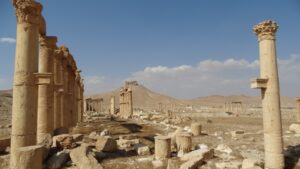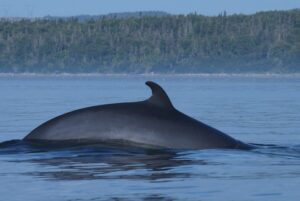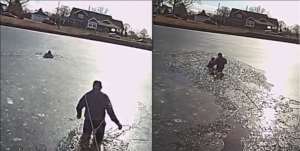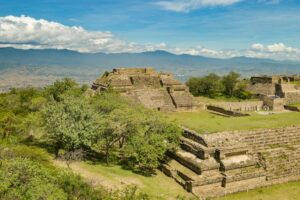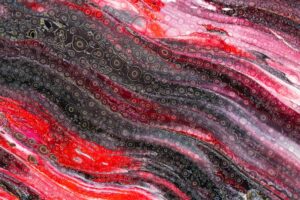In a remarkable display of nature’s ingenuity, beavers in the Czech Republic have completed a dam project that local authorities had been planning for seven years, saving the government approximately $1.2 million.
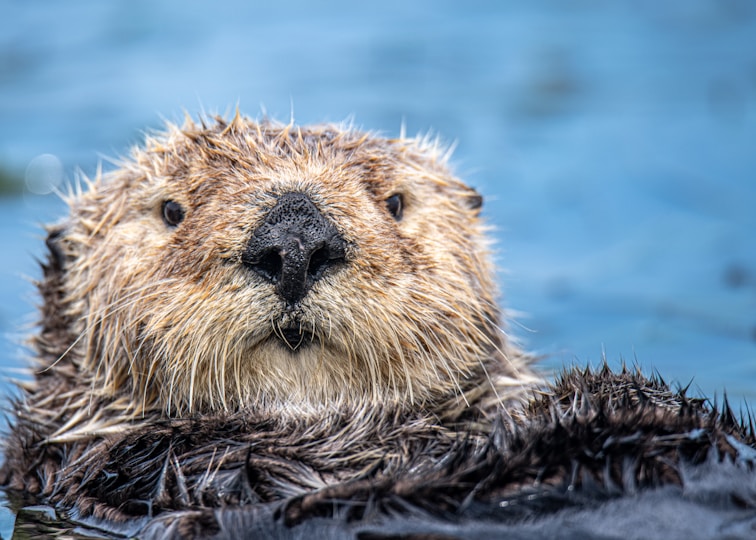
The project aimed to restore wetlands in the Brdy Landscape Park, a protected area known for its rich biodiversity.
Since 2018, the Czech authorities had been coordinating efforts to rewet areas of the park, a process that involved obtaining permits, securing funding, and planning the construction of artificial dams. However, the beavers had other plans.
Over the course of just two days, a family of beavers built several dams in the exact locations where the authorities had intended to place them. This natural engineering feat not only expedited the restoration process but also eliminated the need for costly human intervention.
Jaroslav Obermajer, head of the Central Bohemian office of the Czech Nature and Landscape Protection Agency (AOPK), expressed admiration for the beavers’ work, stating, “Beavers always know best. The places where they build dams are always chosen just right—better than when we design it on paper.”
The beavers’ dams have transformed the area into a thriving wetland ecosystem, providing habitat for various species, including the rare stone crayfish and frogs. Environmentalists note that the beavers’ natural dams have created pools and wetlands that offer ideal conditions for these species to thrive.
This incident highlights the profound impact that wildlife can have on environmental restoration efforts. By allowing nature to take its course, the Czech Republic has not only saved significant resources but also enhanced the ecological health of the Brdy Landscape Park.
The success of this natural restoration project serves as an inspiring example of how human and animal efforts can align to achieve environmental goals, underscoring the importance of preserving natural habitats and the species that inhabit them.
